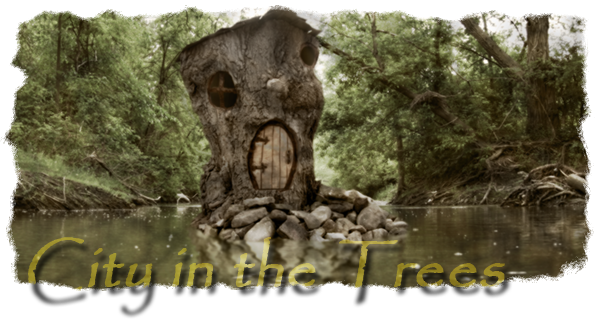P-Doug and I have gotten together to take a couple of leafing walks in the last few weeks. It's a particular time of year and it's relatively brief, so you make hay (etc., etc.)...
The first trip was to Eldred King Woodlands in York Region. It was kind of a revisit. We'd hiked there in mid-September on a rainy day along a closed section of St. John's Sideroad. The area is very sandy and the province quickly realized that it wasn't suitable to farming. The soil was exhausted quickly and there was a danger of the whole place turning into a badlands. Around a century ago, the province turned it into a wooded area to try to hold onto the soil. The effort was successful. It became a logging area and is crisscrossed with abandoned roads in and out; railroad clearances with the tracks pulled up... all of it turned over to forest trails now. St. John's Sideroad itself is covered with sand for much of its length; so much so that I swore someone must have brought it in. It's literally like walking the beach; it's hard to get traction because your footing offers little to push against. But there were firmer trails through the forest; we got away from the road and wound up a long way from where we thought we were.
The second time we were there, earlier this month, it was comfortable but not quite barefoot hiking weather in my estimation, so I kept to the sandals. The place was crawling with other leafers that time; scores of people. We were rarely out of sight of someone else. But it was a bright, clear day; we took a lot of HDR shots and I worked in infrared as well... stuff I still haven't processed yet; hopefully you'll see it here but as I write this it's not prepared [N.B. Okay, now they are, obviously]. But what I principally remember was spotting a pump on a well. One of the cotter pins was missing, but P-Doug improvised something with a stick and managed to ascertain by the resistance that yes, it was still a functioning well, though he abandoned the effort to bring water to the surface just on principle after a minute or two. Didn't blame him.
This weekend just past I suggested a place we'd been before, almost exactly a year ago: Huntington Road, another abandoned stretch of an otherwise ongoing concern. Southern Ontario seems full of roads that suddenly close for just one concession or range and then resume again on the other side; most of them decades ago. We were on the same path last October and walked as far as the little bridge over the muddy creek, encountered people walking dogs, and so on. I had hoped to get into the glorious stands of golden-leaved trees but P-Doug wasn't feeling well and we simply headed back to the car and spent some good time at a local pub we frequent in the area. It was, as I expected, the last barefoot hike of the year.
As I imagine was this last trip to Huntington Road. Fortunately we've had a nice upswing in the temperature and it's quite comfortable again. This time, we headed into the forest rather than going to the bridge. The views were magnificent. The forest floor was carpeted with leaves two or three inches deep; it was like natural shag carpeting. The day was overcast and intermittently sunny; there was hardly a breath of wind. This year, we didn't see anyone else on the trail; I was surprised. At one point we sat on a promontory over the Humber valley and the silence was profound. We could hear a pile driver working on some farm, miles away. I honestly wouldn't have thought that kind of stillness was possible in the GTA anymore and it was wonderful to experience it, especially at a time when the forest floor was dry, the mosquitoes were gone, and the air was just exactly the right temperature. We both wondered what the place is like in summer. We're talking about going back next year and having a look.
Afterwards we went to Oakville to visit my friend Bolt, whom I have acquainted P-Doug with in recent days. Bolt's dad passed away in September and as P-Doug knows something of the human side of probate, I thought it would good for them to talk. Bolt's been having some trouble with his sister who seems to think that since their mother has Alzheimer's, the money is now effectively theirs since they manage it. He's been trying, without much success, to rein her in. At least we can be there to bolster his courage and offer a sympathetic ear, if little else.
Afterwards we went to Oakville to visit my friend Bolt, whom I have acquainted P-Doug with in recent days. Bolt's dad passed away in September and as P-Doug knows something of the human side of probate, I thought it would good for them to talk. Bolt's been having some trouble with his sister who seems to think that since their mother has Alzheimer's, the money is now effectively theirs since they manage it. He's been trying, without much success, to rein her in. At least we can be there to bolster his courage and offer a sympathetic ear, if little else.









































